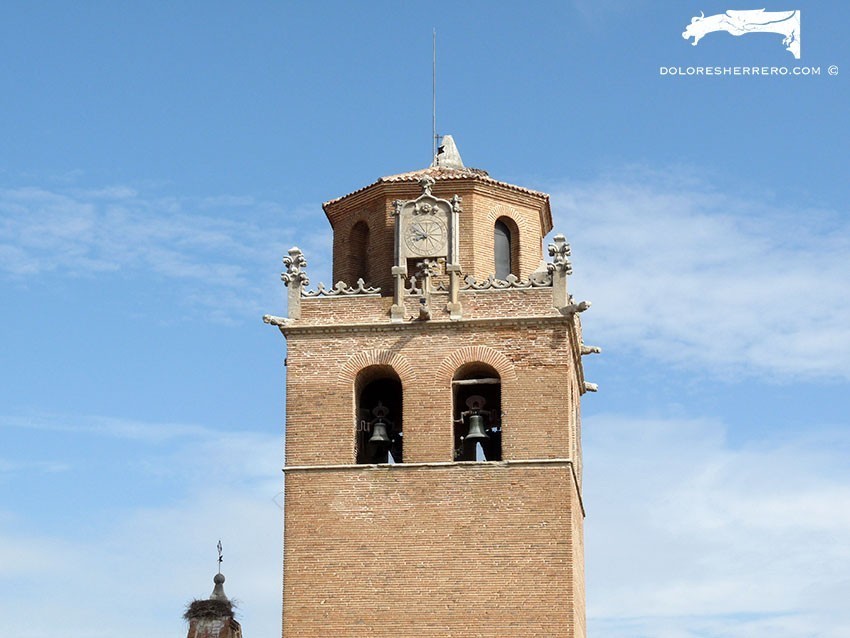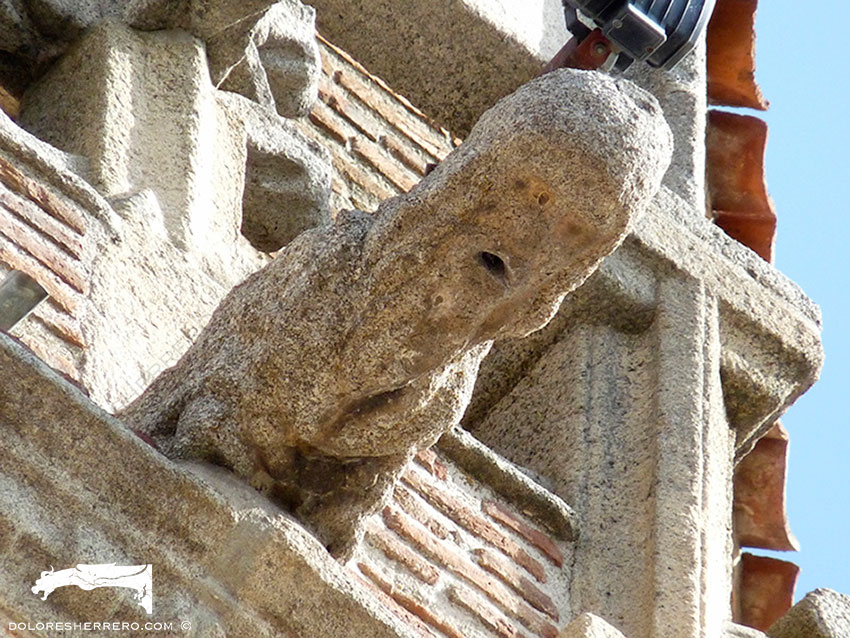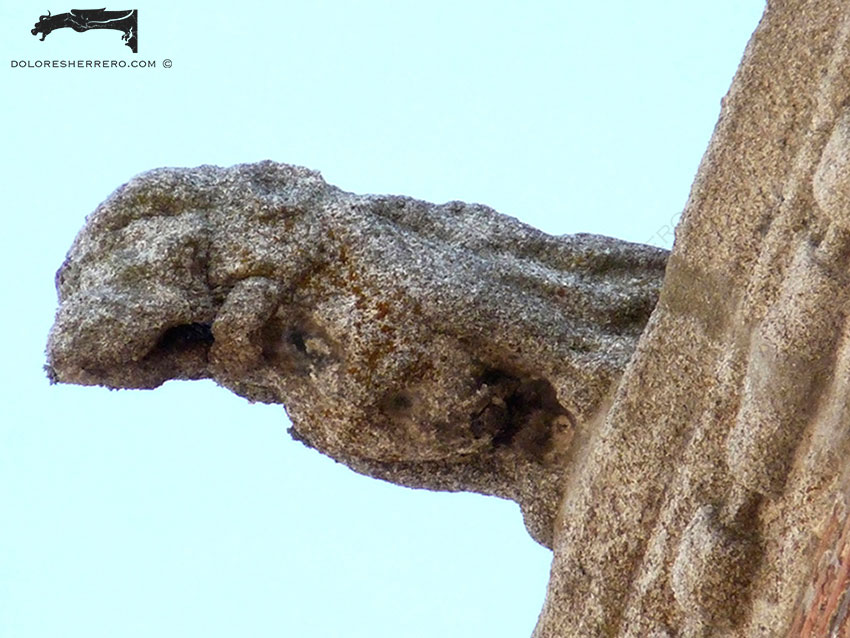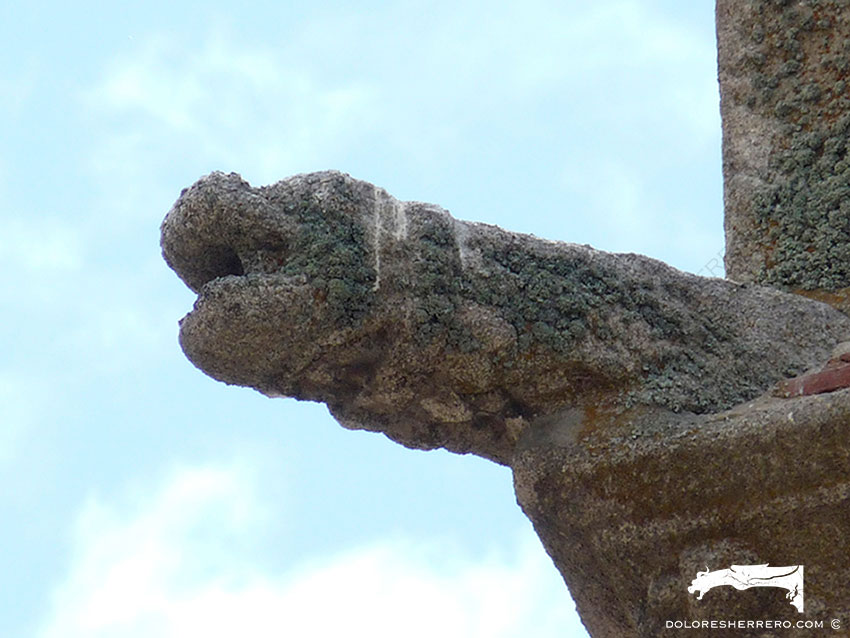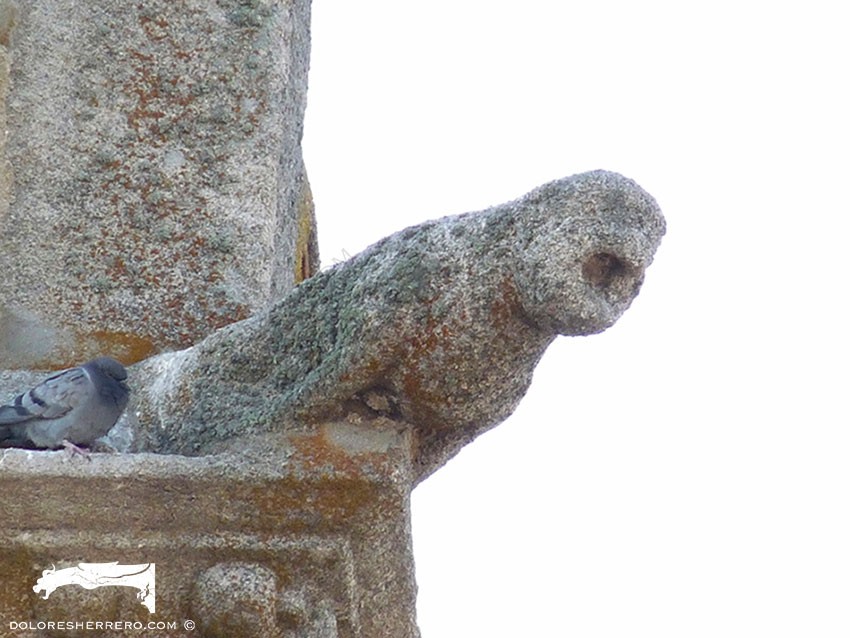In today’s post we’ll be presenting the gargoyles on the church of Our Lady of the Assumption in the town of Martín Muñoz de las Posadas, in the province of Segovia (Spain).
When you arrive in the Plaza Mayor (the town’s main square) you come across this impressive church. The church is listed as an Asset of Cultural Interest and was built between the 13th and 16th centuries, dedicated to Our Lady of the Assumption and Saint Sebastian.
Its gargoyles are on the magnificent brick-built tower. There are just eight of them. Even so, despite their small number and the wear and tear they’ve been subjected to, they seemed significant for their iconographic interest.
Iconographic Interest in Gargoyles Eroded by Time
Trying to work out exactly what some of the figures actually represent is, as we said, difficult because the stone is so damaged. However, it’s possible to see some of the details and characteristics that allow you to make out the images of a lion, an anthropomorphic figure, a dog holding a bone, another dog with a collar, two eagles (one with its head to one side), an animal head with a collar and a quadruped or anthropomorph.
A Call to Preserve and Appreciate These 16th-Century Gargoyles
Sadly, erosion in the gargoyles on the church at Martín Muñoz de las Posadas prevents you from fully appreciating the sculptural and iconographic beauty of these eight figures. But even so, you can fortunately still see them in their complete form. Today we want to share them with you because we think it’s worth admiring and valuing Spanish gargoyles, especially if they’re from the 16th century.
- Lion
- Anthropomorph
- Dog holding a bone
- Dog with a collar
- Eagle
- Eagle with its head to one side
- Animal head with a collar
- Quadruped or anthropomorph
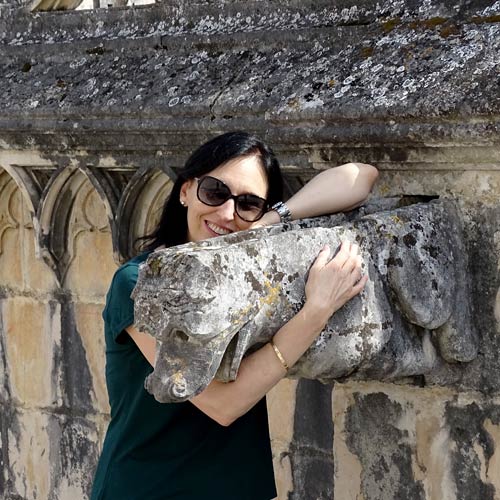
Doctor of Art History and researcher specializing in the study of gargoyles.
I am Dolores Herrero Ferrio, and my thesis, “An Approach to the Study of Gargoyles of Gothic Cathedrals in Castilla and León”, is dedicated to the study of these fascinating figures.
If you like gargoyles and art history, you will also enjoy my book, “The Gargoyle and Its Iconography,” a book I have written with great care for those interested in the world of gargoyles.
I have created my own Encyclopedia of Gargoyles, a Gargopedia to share with you, where you will discover all the secrets and wonders of these enigmatic sculptures.
I hope you enjoy this Gargopedia as much as I have enjoyed creating it, and remember that each gargoyle has a story to tell, and here you will discover them all.
 Gargoyles and Unusual Animals: Part Two
Gargoyles and Unusual Animals: Part Two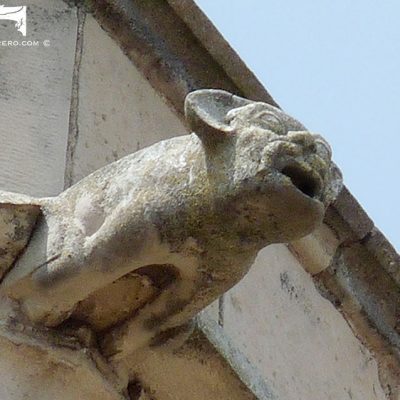 Gargoyles on the Seu Vella of Lleida (Spain): Guardians of the Fortified Cathedral
Gargoyles on the Seu Vella of Lleida (Spain): Guardians of the Fortified Cathedral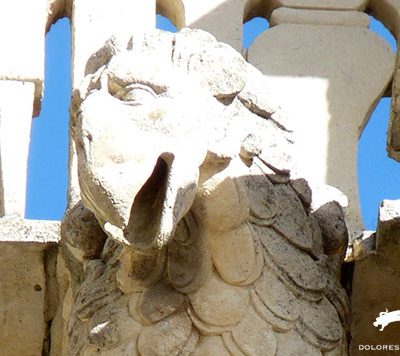 The Eagle and its Portrayal in Gargoyles
The Eagle and its Portrayal in Gargoyles Gargoyles on La Maison du Roi in Brussels
Gargoyles on La Maison du Roi in Brussels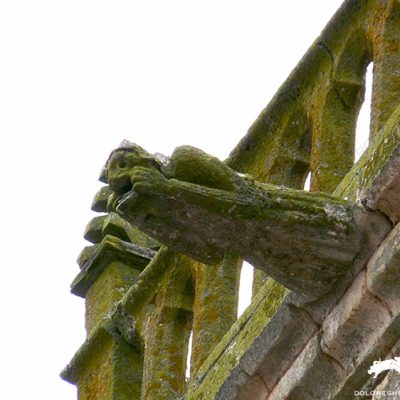 Gargoyles on San Quirce Church in Burgos (Spain)
Gargoyles on San Quirce Church in Burgos (Spain) Gárgolas de Martín Muñoz de las Posadas (Segovia) como testimonio del arte rural castellano
Gárgolas de Martín Muñoz de las Posadas (Segovia) como testimonio del arte rural castellano Gargoyles of Indonesia: Mythical Faces in Traditional Asian Architecture
Gargoyles of Indonesia: Mythical Faces in Traditional Asian Architecture The Exceptional Gargoyles of the Segovia Cathedral
The Exceptional Gargoyles of the Segovia Cathedral
